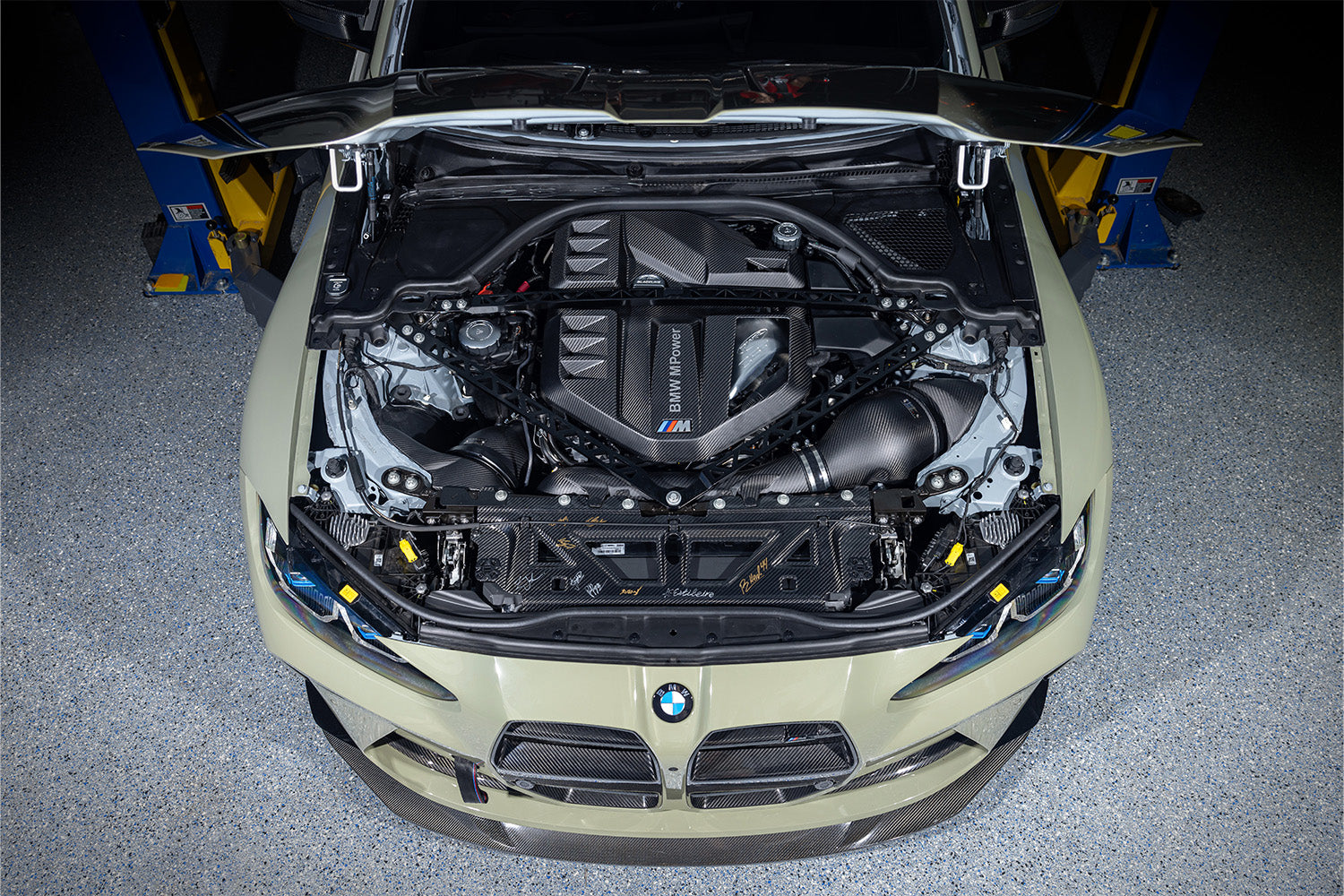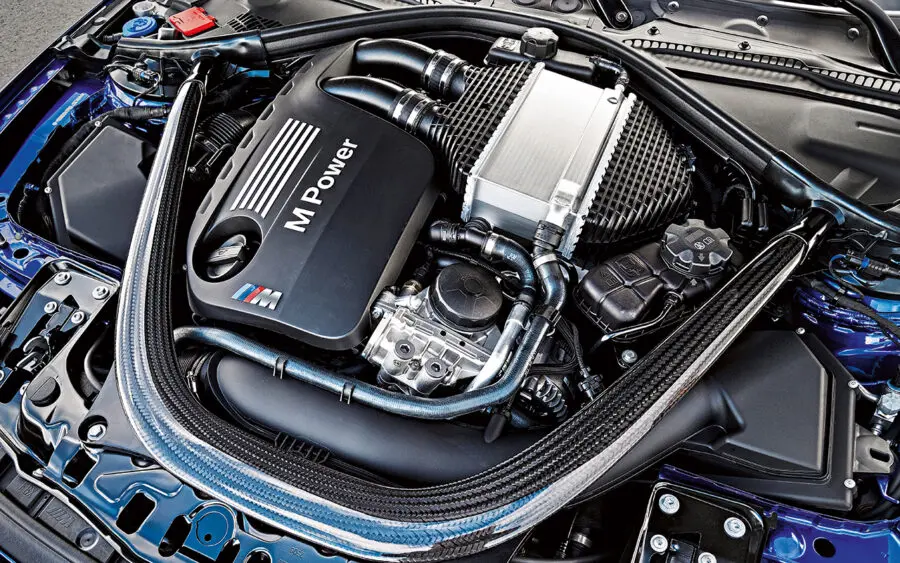Checking Out the Advancement of Burning Engines in Modern Transportation Solutions
As we browse the landscape of modern-day transport, the advancement of burning engines stands as a testimony to human resourcefulness and engineering prowess. From their humble beginnings to the advanced giants driving vehicles today, burning engines have actually gone through an amazing journey of innovation and adaptation. Understanding the complexities of this advancement not only loses light on the past however likewise leads the way for visualizing what exists ahead in the world of transportation modern technology. The interaction of background, technology, and environmental concerns in forming the trajectory of burning engines produces a narrative that is both informative and compelling.
Early Beginnings of Combustion Engines
Just how did the idea of burning engines first emerge in the early stages of transport development? The origins of burning engines can be traced back to the 17th century when the concepts of internal combustion were initial explored.
The breakthrough moment came with the development of the first effective gasoline-powered engine by Karl Benz in 1885 - bmw engine. This engine led the way for the development of the contemporary vehicle, revolutionizing transportation systems worldwide. Succeeding developments by Nikolaus Otto and Gottlieb Daimler better refined combustion engine innovation, leading to the mass production of cars and the rapid growth of the transport sector
These very early burning engines were identified by their simpleness and performance, laying the structure for the complex and powerful engines made use of in modern-day transportation systems. The development of combustion engines has contributed fit the method we travel and carry products, noting a substantial milestone in the history of transportation growth.
Change to Internal Burning Modern Technology
The change to interior combustion technology marked a pivotal change in the advancement of transport systems. This shift began in the late 19th century, with inventors like Nikolaus Otto and Gottlieb Daimler creating the very first successful internal burning engines. These engines reinvented transportation by providing a more efficient and effective choice to heavy steam engines and electric motors.
Among the crucial advantages of inner burning engines was their capacity to be reduced to suit cars, resulting in the growth of motorcycles and cars. This change from cumbersome, stationary engines to portable, mobile ones led the way for the modern-day transportation systems we see today.
The change to interior burning innovation also stimulated innovations in fuel modern technology, causing the development of gas and diesel as primary fuel resources for cars. This change not just made transport much more obtainable to the masses but additionally laid the foundation for the oil and gas market to become important to global economic climates.
Influence of Combustion Engines on Transport
The adoption of combustion engines in transport systems militarized a profound change in the performance and speed of worldwide mobility. Combustion engines transformed transport by providing a trustworthy and versatile source of power for different lorries, consisting of cars, ships, vehicles, and airplanes. This development substantially boosted the ability for goods and people to conform cross countries in much shorter period, leading to increased connectivity in between areas and countries.
In addition, the widespread use combustion engines has had a considerable impact on economic development. The ability to carry products effectively has actually stimulated profession and commerce, allowing companies to broaden their markets and reach consumers worldwide. This has facilitated economic development and globalization, as items can currently be moved much faster and in bigger quantities than ever previously.
However, the environmental impact of burning engines can not be overlooked. The burning of fossil gas has resulted in air pollution and greenhouse gas exhausts, adding to climate change and posing wellness threats to populaces. bmw engine. Consequently, there is an expanding emphasis on developing different propulsion modern technologies to alleviate these unfavorable effects and develop a much more lasting future for transportation
Developments in Burning Engine Style
One significant technology is the growth of turbocharged engines, which make use of exhaust gases to drive a generator that presses inbound air, permitting for even more gas to be scorched, resulting in boosted power outcome without a substantial rise in engine dimension. Variable valve timing systems have also transformed engine design by optimizing airflow at different engine rates, boosting both power and performance. These advancements jointly contribute to the continuous improvement of burning engines in modern-day transport systems.
Future Trends in Combustion Engine Growth
With technology improvements driving continuous technology, the future of combustion engine advancement is poised to reinvent transportation systems internationally. One of the key fads in combustion engine growth is the push in the direction of better effectiveness and lowered emissions.
One more noticeable pattern is the fostering of crossbreed modern technologies in combustion engines. Hybrid engines incorporate conventional burning modern technology with electric power, my link providing boosted gas efficiency and reduced exhausts. As the automotive sector shifts towards electrification, crossbreed burning engines are viewed as a transitional service that connects the void in between conventional cars and completely electrical ones.
In addition, the assimilation of smart technologies, such as man-made knowledge and information analytics, is anticipated to play a substantial role in the future of combustion engine development. These innovations can enhance engine efficiency in real-time, leading to more reliable combustion procedures and enhanced overall lorry efficiency. Welcoming these future trends will not only drive development in burning engine development but likewise add to a more environmentally pleasant and lasting transportation environment.

Final Thought
To conclude, the advancement of burning engines in modern transportation systems has been marked by significant improvements in modern technology and layout. From the very early starts of burning engines to the change to inner burning modern technology, these engines have actually had an extensive influence on transport. Innovations in burning engine layout remain to drive progression in this area, with future fads concentrating on additional enhancing effectiveness and decreasing find more information discharges. The future of combustion engines in transportation looks promising as research and growth initiatives proceed to push boundaries.
The origins of burning engines can be traced back to the 17th century when the concepts of inner combustion were first discovered. These engines changed transportation by offering an extra effective and effective alternative to vapor engines and electric motors.
